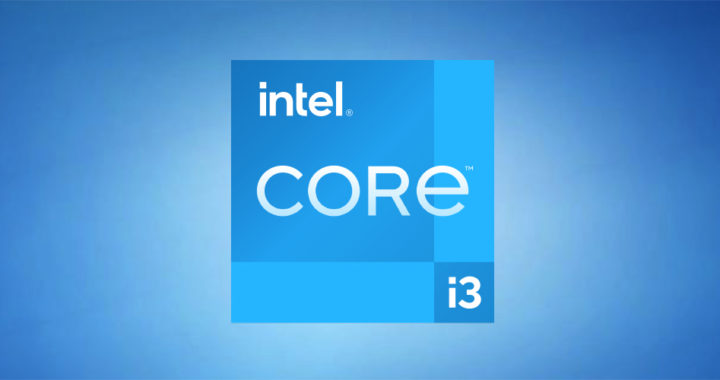Compared to the Intel Core i5 and the Intel Core i7, as well as the Intel Core i9, the Intel Core i3 is an entry-level computer processor first introduced by Intel Corporation in January 2010 following the retirement of the Core 2 processor family. It is also somewhat similar to Intel Pentium in terms of overall positioning but has more processing capabilities.
Advantages and Applications of Intel Core i3
1. Inexpensive Desktop Computer Processor
One of the main advantages of Core i3 is that it is an affordable CPU engineered and marketed for entry-level computers. Hence, low-end computers and netbooks typically feature this hardware to make their devices affordable to the mass market.
2. Decent and Modest Processing Capabilities
It is a decent processor for general use. It can handle entry-level web browsing, some gaming, media consumption, and basic office productivity like word processing. Depending on the version and generation, it sports 2 to 4 cores, a 3MB to 8MB cache, and 4 threads.
3. Low Power Consumption and Battery Efficiency
Remember that this is a low-performance processor. Hence, when compared to Intel Core i5, it uses less power. It is ideal for smaller devices such as netbooks and tablets, as well as in use-case scenarios involving limited access to continuous electricity.
4. Continuously Improving Newer Versions
Some lower-end variants and older generations of the Core i5 share similar capabilities with the high-end variants and newer generations of the Core i3. The new generations demonstrate the increasing capabilities of this specific Intel Core brand.
Disadvantages and Limitations of Intel Core i3
1. A Considerably Underpowered Processor
It is important to note the Core i3 is is an entry-level and low-end computer processor compared to the Core i5 to Core i9 and other mid-range and high-range processors from other manufacturers. It is marketed for average-level and budget-conscious PC users.
2. Limited Computing Capabilities
Due to its limited capabilities, one of the disadvantages of the Core i3 is that it is not cable for running graphic-intensive video games; multimedia creation applications such as photo, video, and audio editing software; and extensive multitasking.
3. Susceptible to Outdated Compatibility
Intel continues to upgrade this specific processor sub-line. However, current and older generations are susceptible to performing poorly in the future because of the advancing hardware requirements of operating systems and software applications.





